At what temperature do conifer seedlings no longer need light.
User
4 years ago
Featured Answer
Sort by:Oldest
Comments (60)
User
4 years agoRelated Discussions
best temperature for seedlings to grow in
Comments (17)I too had a hard time keeping tomato seedlings cold enough. So I borrowed an idea from the winter sowing forum. I wait until night time temperatures are in the mid 40s before I sprout the seeds indoors on a heating pad. After the tomato seedlings have a true set of leaves, I transplant them into a two liter pop bottle or a milk jug that has been cut almost completely in half with holes punched in the bottom for drainage. One to two inches is left uncut and functions as a hinge. The cap is removed to provide ventilation and they're placed outside. If the weather is fair during the day, I tip the top back. I close it back up at night (or late afternoon so it can gain some heat before nightfall). If it gets really cold at night, I pull them inside. But that usually isnÂt necessary especially if theyÂre next to the brick foundation of the house. A small piece of duct tape helps keep the top down during windy inclement weather. They stay short, with a thick stem and develop a good root system. The plus side is that I donÂt have to harden them off because theyÂre grown outside and there is more space in the sunroom for peppers and other tropical plants. Jennifer...See MoreConifer seedlings
Comments (17)Yea Tom, I dunno. I think I would take it a step further. Unless you are able to consistently water your plants on an almost daily basis, I can't see the true gritty mix working out too well. I overwintered those Japanese maple seedlings in my garage, and they obviously didn't need much moister as they were dormant... but the gritty mix simply holds very little moister, so when I did water it didn't retain enough moister. I know those seedlings died of thirst. I tried using the gritty mix for seedlings too and that was a disaster. Peat/Perlite is definitely king for seedlings, and the Al's 5:1:1 is good for longer term potted plants. I'm just not sure of many applications that would work well with the gritty mix. But the 5:1:1 doesn't seem like a unique creation, it's basically what all the good nurseries use for their mail order conifers. The understock abies I received from Jason Hupp were basically in a 5:1:1 mix, and they did great....See MoreConifer seedlings trials 2017
Comments (3)It varied from species to species. Generally, I'll use Dirr's Manual of Woody Landscape plants for the more common species. For rarer species, I've either found information from the seed supplier (if bought) or looked for multiple references online (if gathered or unsure). The trick is to try and find the same advice for stratification listed from multiple sources to get any confidence in whether the advice is good or not. I start all my seeds off by a 24 hour soak in regular water. My last batches, I've added a small amount of Captan powder (maybe 1/16 tsp in a small tupperware container of water) to try to limit fungal growth. It hasn't seemed to have a negative effect on germination rates, and I've not had too big of problems with damping off. Next, I've mainly stuck to the paper towel method of germination/stratify. After 24 hours of the seeds soaking, I get a paper towel, wet it thoroughly and wring the excess out, put the seeds in as close as a single layer as possible, then fold up the paper and put it in a plastic zip baggie with the name and date on it. These go straight into the fridge for whatever stratification time needed (30-90 days usually). When the stratification time is over, I pull them out and just leave them somewhere in the house I won't forget about them and they won't get in full sun (that bakes the baggie). Check after 2-3 days, and then every so often for signs of germination. For seeds that don't need stratifying, the seeds go into the paper towel baggies, then immediately just left out in the house. Note: I generally stagger the soaking of the seeds according to stratification length, so I do the 90 day stratifiers a month before the 60 day, two months before the 30 day, etc. This way, I can deal with them all germinating together and during the right time of spring. So after I see germination, I move them to growing flats. I generally just get the big flats and fill it with sterile seed germinating potting mix. I find these easier to work with than the individual cells, because they don't dry out as fast and you aren't wasting 40-80% of your cells on seeds that never come up. Plant the little germinating seeds very shallow (for most conifers, at least), and keep things damp. They're in morning sun and afternoon shade now. A little leggier than I'd want, but I'd rather not scorch them with too much sun at a young age. I let them grow to about 3-5 inches before transplanting them to larger pots or a growing bed. Enough time to get decent roots on them....See MoreHow do you warm stratify without having mold growing on it?
Comments (22)I would scarify the seed using fine >=600 grit emery paper, just enough to frost the sheen on the hard seed coat. Don't overdo it and break the seed coat. Then do the 24 hr soak in water. ime: warm water works the best. I've put my seeds in a small jar and put the jar on a heat mat just to keep the water about 100df overnight and the following day. Then all my seeds go into a cell or pot containing starting media. (I do this bc I think it's silly to sprout seed inside a baggie and then have to move tiny sprouted seeds into a cell with media). Then everything goes out in the cold frame for ~4 months. I usually wait to do this until at least the end of October or start of November, so it's cold enough outside that the seed doesn't sprout (low 30's to ~40F but colder as winter goes on). Everything I've done this way has germinated when brought into a ~75f room down my basement, anywhere from end of Feb to end of April and left to warm up for a few days. Your mileage may vary. eta: After placing the seed into media, I stretch plastic, food grade wrap across the entire tray to prevent evaporation. The cold frame has never dried out during the winter but wrap is cheap and keeps the media moist....See Moredjacob Z6a SE WI
4 years agoUser
4 years agolast modified: 4 years agoUser
4 years agoUser
4 years agoUser
4 years agoken_adrian Adrian MI cold Z5
4 years agolast modified: 4 years agoUser thanked ken_adrian Adrian MI cold Z5User
4 years agoUser
4 years agolast modified: 4 years agoUser
4 years agolast modified: 4 years agoUser
4 years agoUser
4 years agoUser
4 years agolast modified: 4 years agoUser
4 years agoUser
4 years agoUser
4 years agoUser
4 years agoUser
4 years agoUser
3 years agolast modified: 3 years agoUser
3 years agolast modified: 3 years agoUser
3 years agoUser
3 years agoUser
3 years agoUser
3 years agoUser
3 years agoUser
3 years agoUser
3 years agoUser
3 years agoUser
3 years agoUser
3 years agolast modified: 3 years agoUser
3 years agoUser
3 years agoUser
2 years agoUser
2 years agoUser
2 years agoBillMN-z-2-3-4
last yearlast modified: last year
Related Stories

PLANTING IDEASStretch the Budget, Seasons and Style: Add Conifers to Your Containers
Small, low-maintenance conifers are a boon for mixed containers — and you can transplant them to your garden when they’ve outgrown the pot
Full Story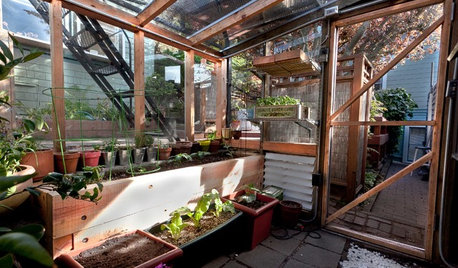
WINTER GARDENINGWarm Up a Greenhouse for Winter
Add heat and light to keep plants growing through the winter
Full Story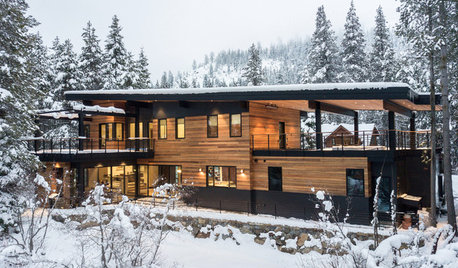
MONTHLY HOME CHECKLISTSYour Winter Home Maintenance Checklist
Keep your home and yard safe and running smoothly as temperatures drop and activity moves indoors
Full Story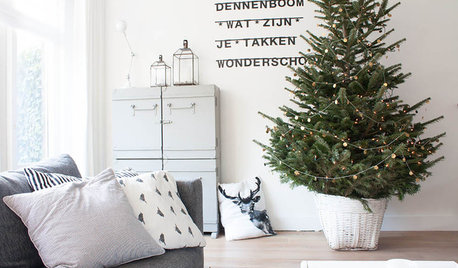
CHRISTMAS TREESWhy You Should Consider a Living Christmas Tree
Potted conifers last for years and can enrich the landscape. Here’s how to select and care for your tree
Full Story
EDIBLE GARDENSSummer Crops: How to Grow Tomatoes
Plant tomato seedlings in spring for one of the best tastes of summer, fresh from your backyard
Full Story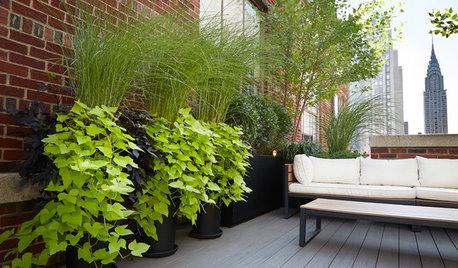
GARDENING GUIDES10 All-Foliage Container Ideas for Your Summer Garden
These long-lasting plants are easy to care for and add lushness and consistency to patio gardens
Full Story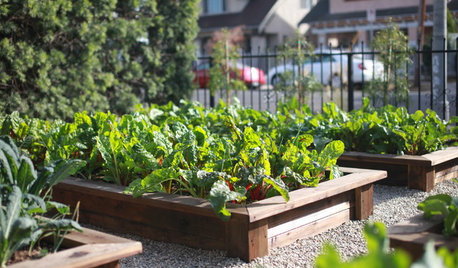
EDIBLE GARDENS10 Edible Greens to Plant Now
Get your cool-season garden started and look forward to harvesting lettuces, kale, arugula, chard and more
Full Story
GARDENING GUIDESWhat Are Your Spring Gardening Plans?
Tearing out the lawn? Planting edibles? Starting from scratch? Tell us what you plan to change in your garden this year
Full Story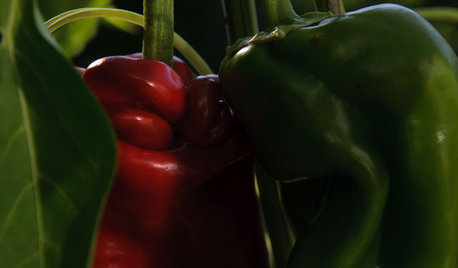
GARDENING GUIDESSummer Crops: How to Grow Peppers
Some like 'em hot; others like them sweet. With the incredible range of peppers available for home gardens, you can have your pick
Full Story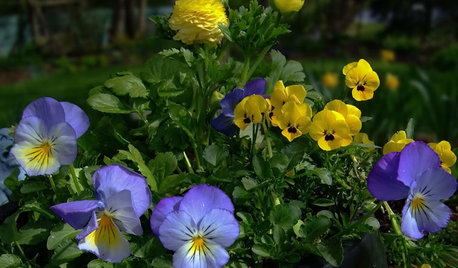
REGIONAL GARDEN GUIDESCalifornia Gardener’s February Checklist
With spring just around the corner, here are 9 ideas for getting a head start on the season
Full Story


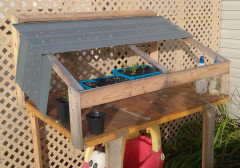
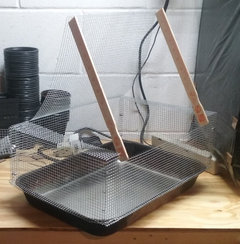
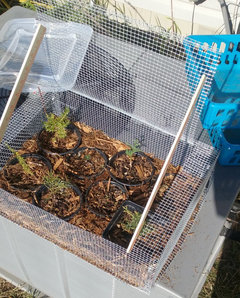
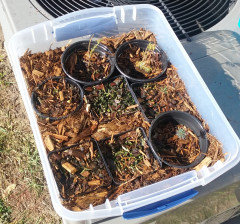
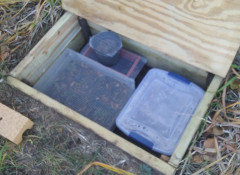
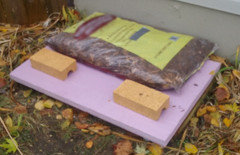
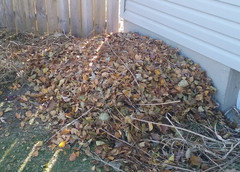
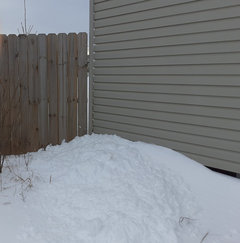
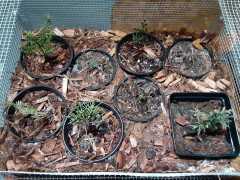
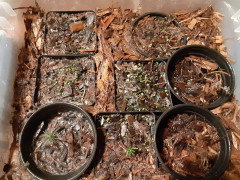
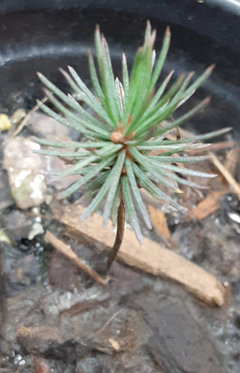
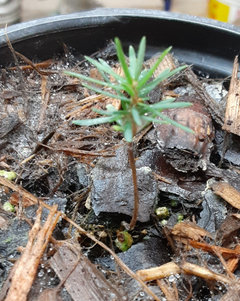
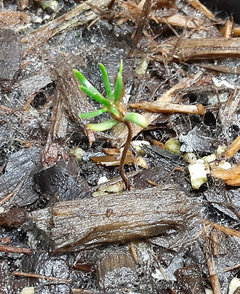
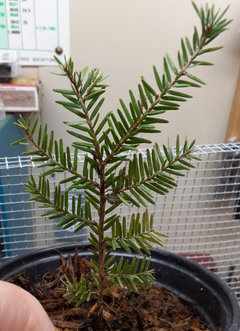
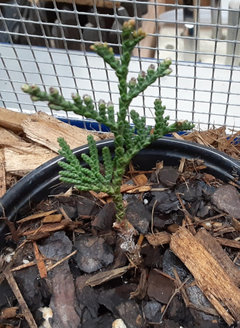
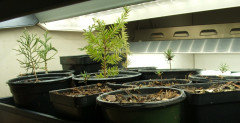
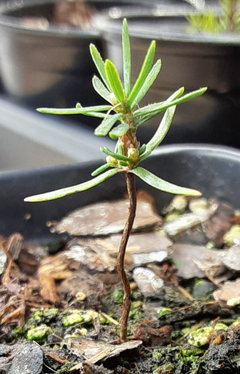
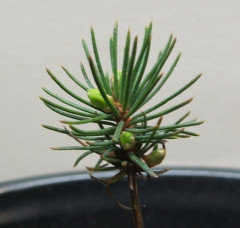
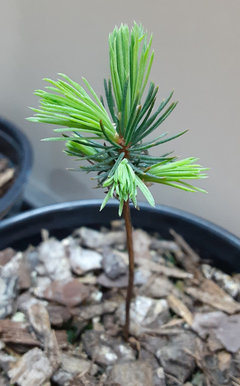
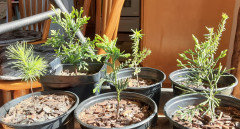
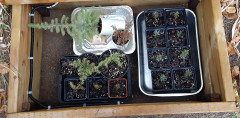
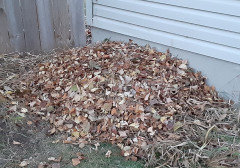
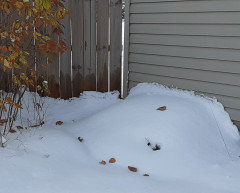
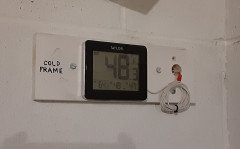
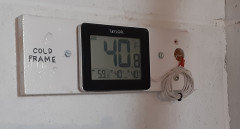
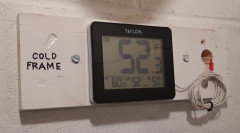
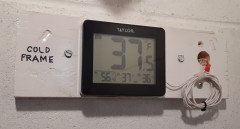
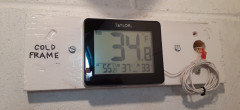
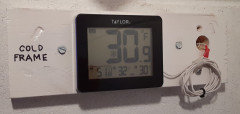
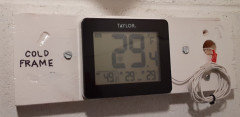
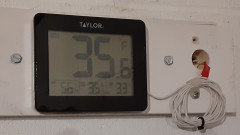
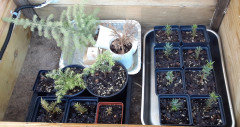
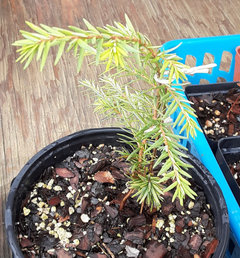
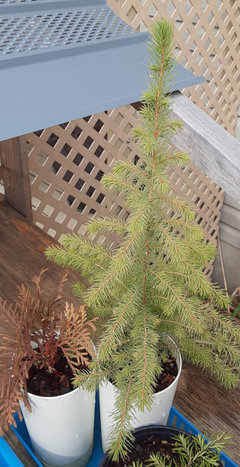
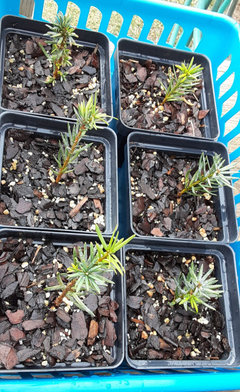
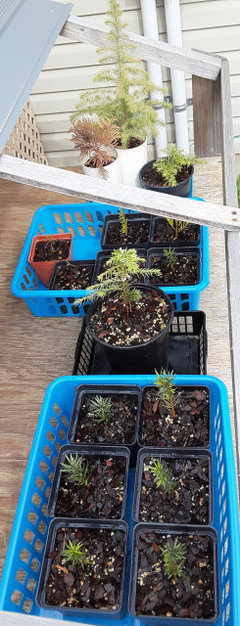
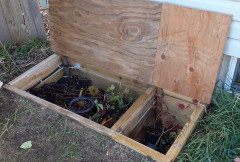
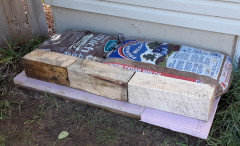
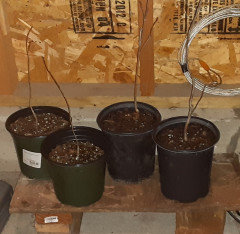
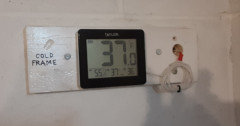
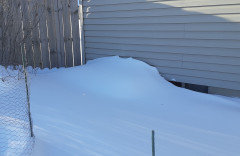
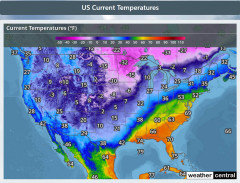
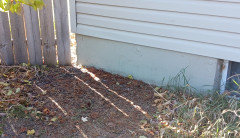



floral_uk z.8/9 SW UK